This article is written by Dawn Stegall of Faithfully Yours
I don’t know about you, but I love the look of stitching on my craft projects. However, I really don’t want to drag out my sewing machine. Actually to be perfectly honest, I don’t want to take the time to learn the proper needle to use, tension, etc. So instead I prefer an easier and quicker method.
Supply list:
• serrated tracing wheel
• gel pen, markers, pens
• soft surface (mouse pad, etc)
Step 1: Create Holes
Using tracing wheel, create your holes where you want your stitching to be. I traced around the border of my patterned paper.
I have a clear 6 inch ruler I like to use as a guide. Be sure to press hard enough to create the holes. This is why a cutting matt will not work, you need a softer surface to create the holes.
Step 2: Faux Stitch
Using gel pen or marker of your choice, “connect the dots”. I keep the ruler in place and simply draw a line.
Close up of “stitches”.
Super simple, yet effective!
Method 2:
Use a marker and draw lines freehand to create your own faux stitching. I like to use glaze pens as they dry with a slightly raised surface. This gives your stitches a more realistic look. Note: for this method do not use a ruler as the pen tends to bleed under the ruler leaving smudges on your finished project. (plus allows for a more realistic hand stitched look)
Sample card:
Notice the striped panel of patterned paper from the tutorial above. Inside the card I used method two and drew the stitches freehand with a glaze pen. Under the circle, I stamped a sentiment on the inside of the card.
~*~*~*~*~*~*~*~*~*~*~*~*~*~*~*~*~*~*~*~*~*~*~*~*~
Dawn Stegall strives to be a good steward while remembering God in her scrapbooks.
For a free guide and weekly inspiration visit http://www.FaithfullyYours.net
~*~*~*~*~*~*~*~*~*~*~*~*~*~*~*~*~*~*~*~*~*~*~*~*~
.
.
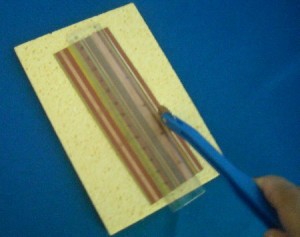
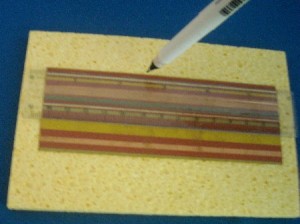
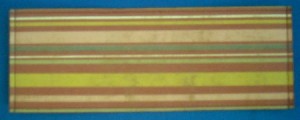
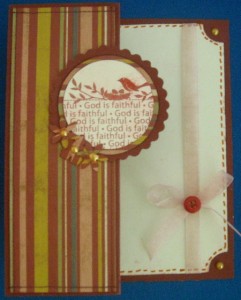
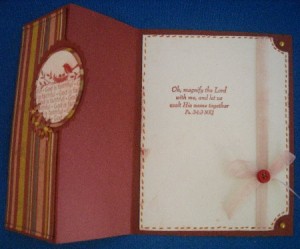






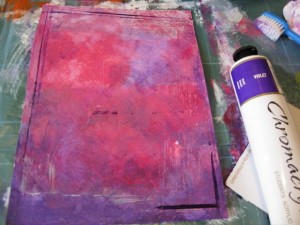
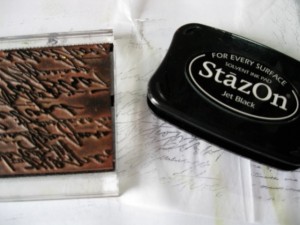
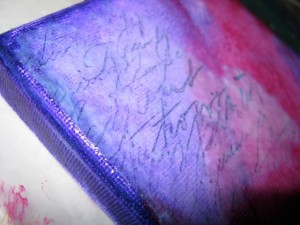
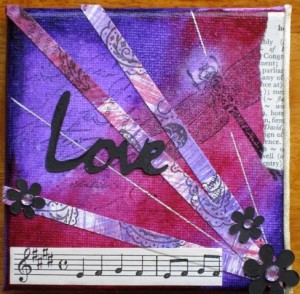
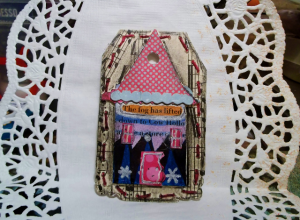
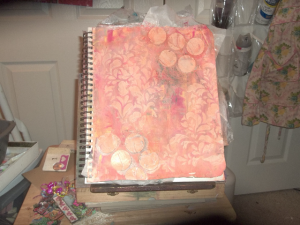
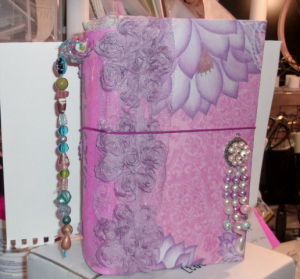
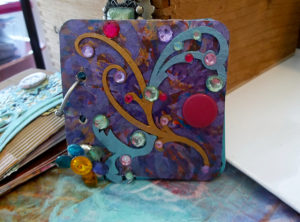
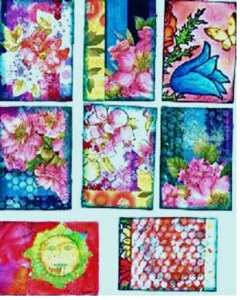
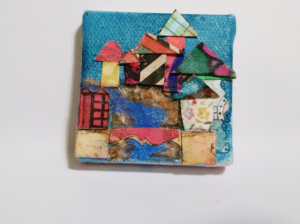
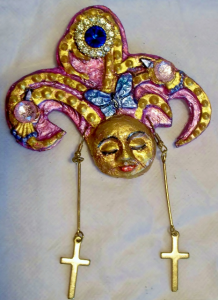

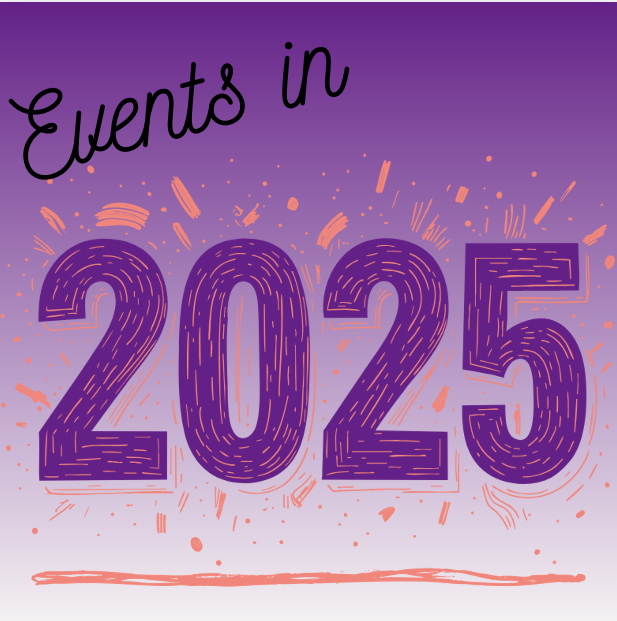
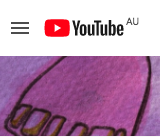
Recent Comments